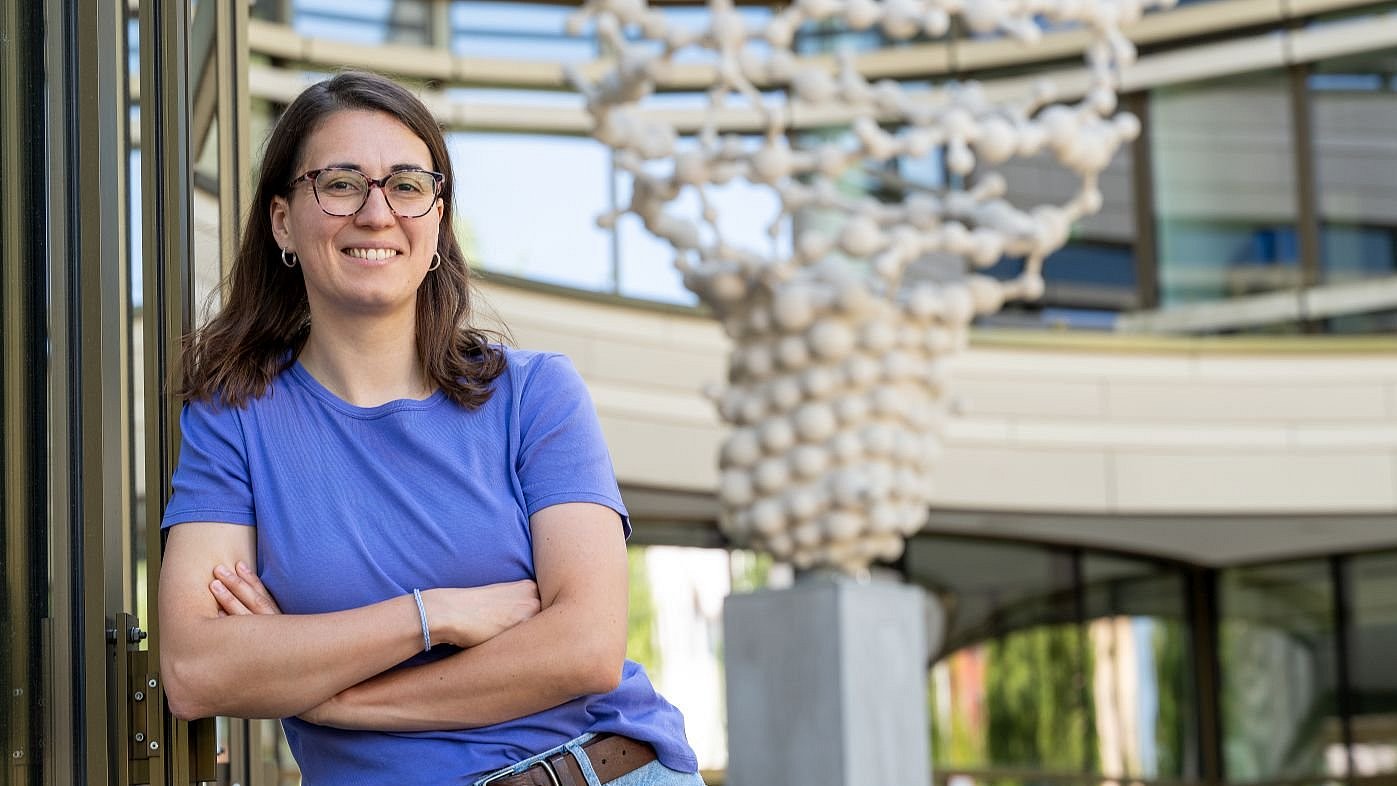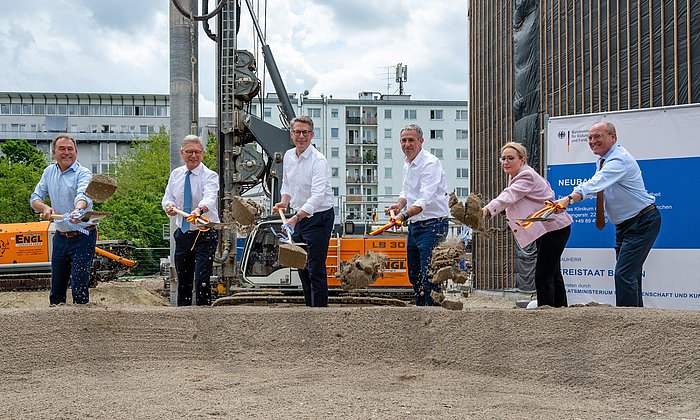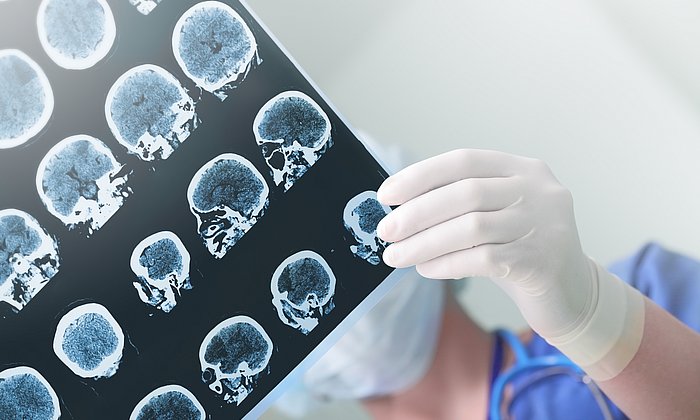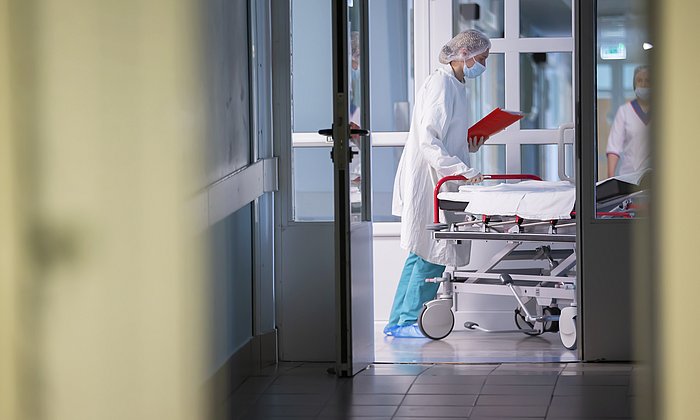Faster diagnoses and shorter examinations
Artificial intelligence in medicine and everyday clinical practice
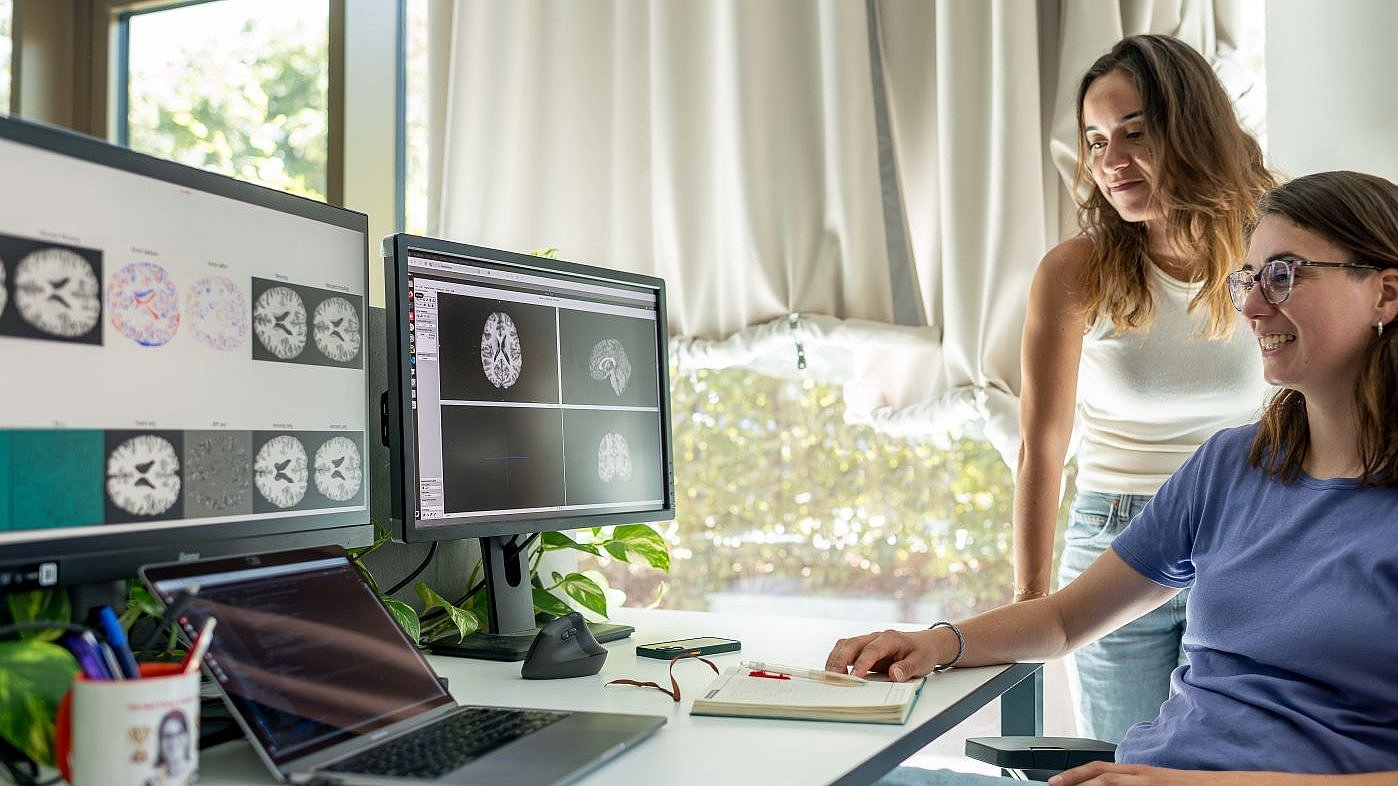
AI doctors who make independent diagnoses are still a vision of the future, but AI applications for medicine can already bring a wide range of opportunities: Diagnoses could be made faster, easier and more error-free or therapies could be more targeted. In addition, more efficient processes in day-to-day clinical practice would give staff more time for patient care.
Daniel Rückert is Professor of AI in Healthcare and Medicine at TUM and head of the new Center for Digital Medicine and Health. He and his team have been developing such AI solutions for years: "AI is already close to humans as support and assistance systems, but there are still too many risks for autonomous AI decisions," Rückert says. He sees the greatest difficulties in finding a good compromise between regulations, patient protection and exploiting the opportunities offered by AI. Therefore, among other things, his research also focuses on the security of medical data.
Protection of sensitive data
In order to make reliable statements in medical research, for example, about how successful therapies are, large amounts of data are required. These are generated daily at clinics, but they are distributed throughout Germany. Sending such sensitive data to be bundled and analyzed at a specific location is risky.
Daniel Rückert's team has developed an AI model for this purpose, which, instead of the data, is sent from clinic to clinic. It uses the principle of federated learning. In concrete terms, it works as follows: The AI model is given to a clinic, which trains the model with its own patient data and sends it on to the next clinic. In the end, the model has learned with all data sets without the necessity to distribute the sensitive data. However, an AI is able to remember certain data records. This is problematic when it comes to protecting the privacy of patients.
The researchers also found a solution to this problem: they added "noise" to the data, i.e., a useless portion of data that makes it impossible for the AI to distinguish between the individual data sets. The research group combined these two principles in one system for the first time and thus created a very secure use of data.
Better analysis of image data
"One of our goals is to obtain new and better information from medical image data with the help of AI, so that unnecessary or lengthy examinations are no longer necessary," says Daniel Rückert. PhD candidate Vasiliki Sideri-Lampretsa works in this area of image analysis and evaluation. The Greek scientist has been in his group since 2020 and examines image data from magnetic resonance or computer tomography images (MRI and CT) such as lung movements during inhalation and exhalation or brains. Her task is to use algorithms to detect deviations from the norm and thus potentially disease-related changes by comparing images at specific time points and from different persons.
However, for an AI to be able to use these large amounts of data from the clinic, they have to be processed, classified, sorted and analyzed differently depending on the issue and the examined image details. Sideri-Lampretsa is taking on this task in her doctoral thesis. She is working closely with clinicians and medical students from the TUM University Hospital to understand the images correctly. "We can't do the doctors' work, but we can help them to recognize abnormalities that would otherwise be invisible," she explains.
Shorter examination times in MRI and CT
Computing principles developed by Daniel Rückert and his team can already be found in numerous MRI and CT devices. Thanks to these technical changes, far fewer measurements are required to generate a reliable image of the human anatomy or physiology. As a result, patients have to stay in the devices for much shorter periods of time, which makes more examinations possible. "Our research is so successful because hospital staff and doctors do not have to deal with AI in their daily routine, and so are not restricted in their workflow. And the machine generates an image that the doctor can really rely on," explains Rückert.
Video portrait of Vasiliki Sideri-Lampretsa
The article was also published on the “Research in Bavaria” website of the Bavarian State Ministry of Science and the Arts:
https://www.research-in-bavaria.de/artificial-intelligence-in-medicine-and-healthcare/
Technical University of Munich
Corporate Communications Center
- Dr. Vera Spaett
- vera.spaett@tum.de
- presse@tum.de
- Teamwebsite

